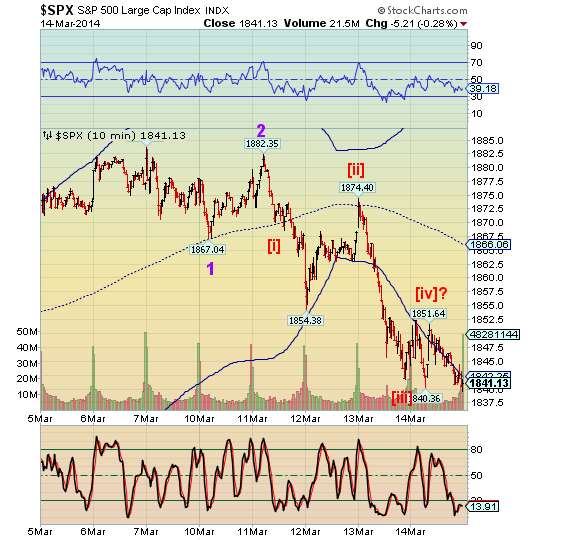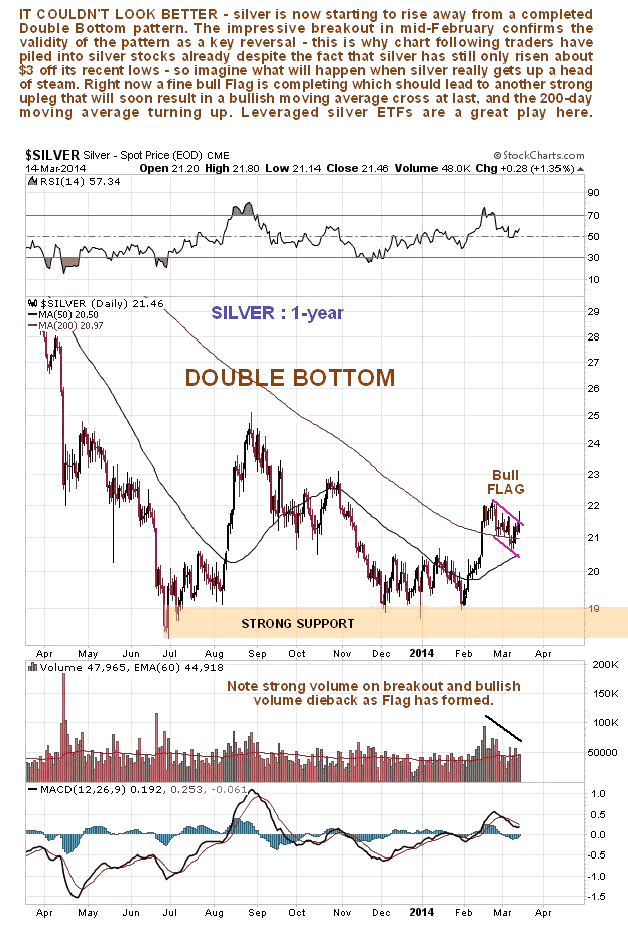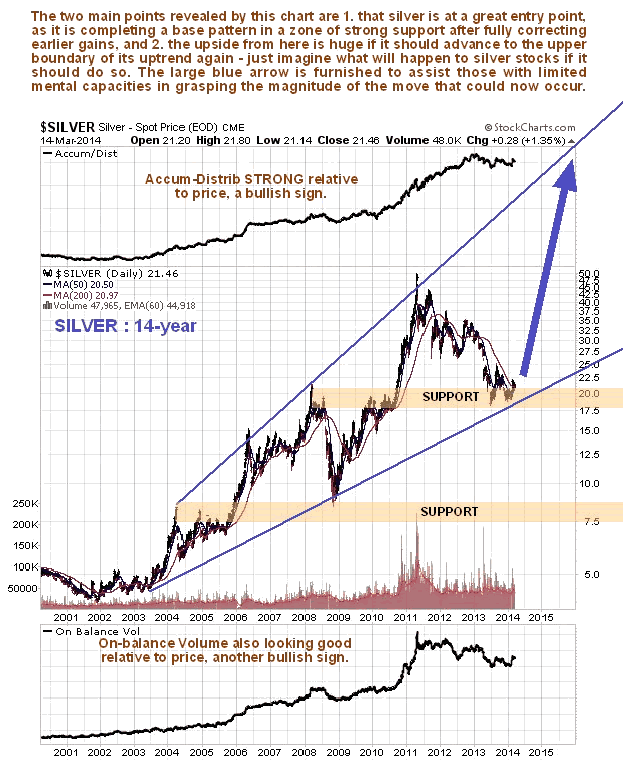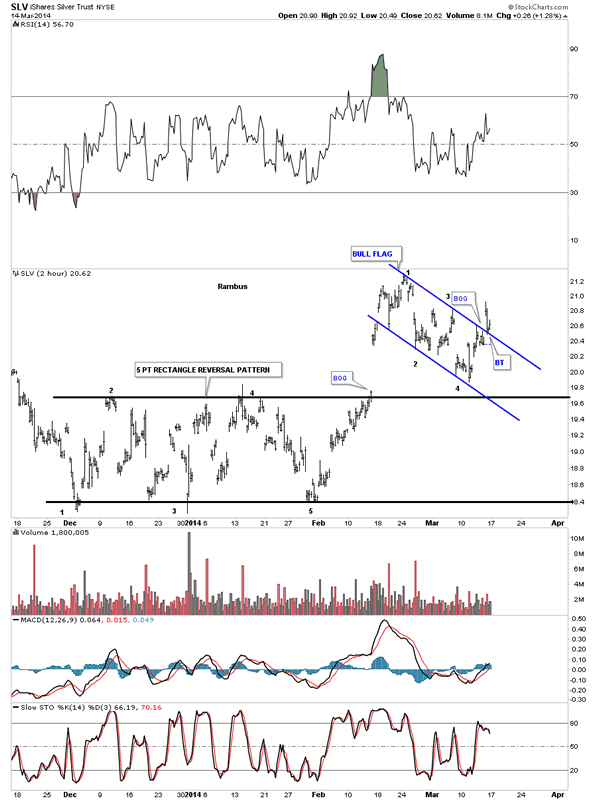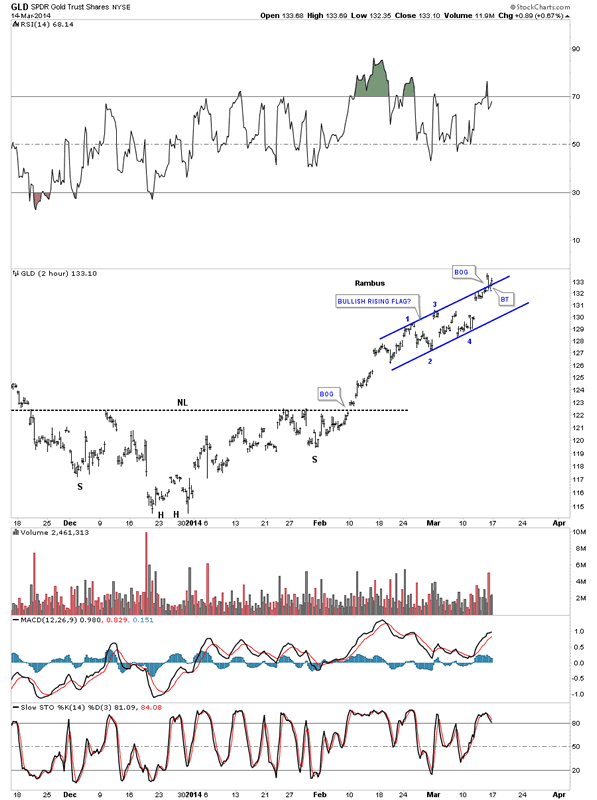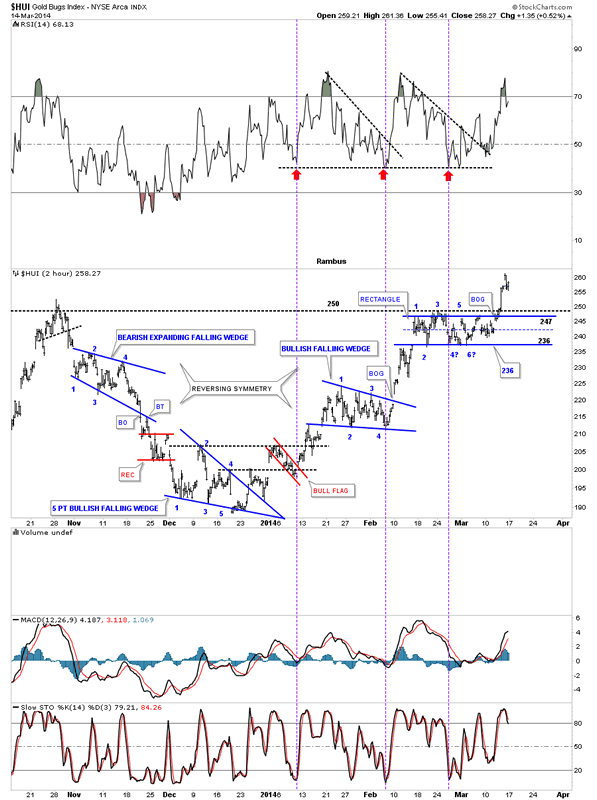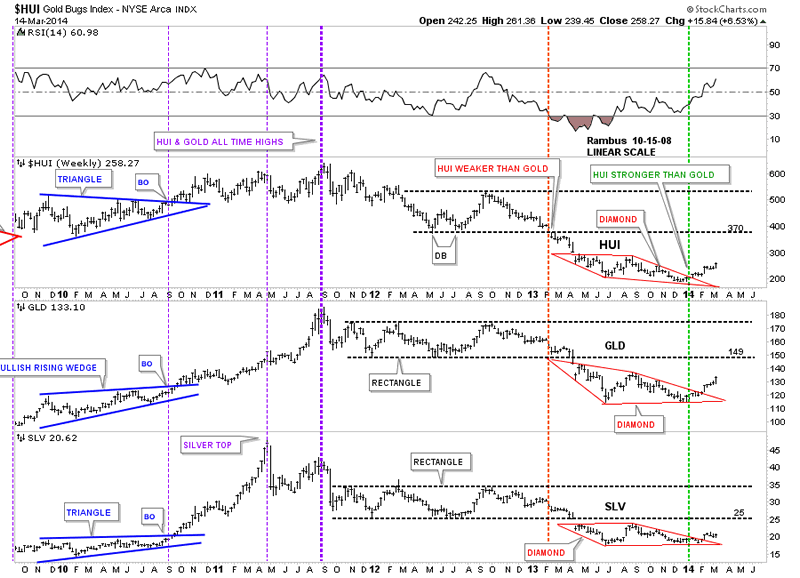By Cordell Eddings and Daniel Kruger
The Federal Reserve’s attempt to lift inflation to a level that would reflect a healthier U.S. economy is starting to take hold in the bond (CBOT:USM13) market.
For the first time in 19 months, investors are stepping up their buying of exchange-traded funds that hold Treasuries tied to cost-of-living increases, data compiled by Bloomberg show. At the same time, inflation expectations over the next five years surpassed 2% to reach the highest level since May after a government report showed hourly earnings among U.S. workers jumped more on average in February than economists forecast.
The shift in bond-market perceptions shows that some investors now anticipate consumer demand in the world’s largest economy will be strong enough to push inflation toward the Fed’s elusive 2% target. Last year, investors were so convinced the persistent lack of price pressure had become entrenched that Treasury Inflation Protected Securities, or TIPS, posted their worst losses since they were introduced in 1997.
“Inflation is coming,” Michael Pond, the head of global inflation-linked research at Barclays Plc, one of the 22 primary dealers that trade with the Fed, said in a telephone interview from New York. We’re starting to break “free from some of the deflationary shackles of last year. The labor market is picking up, which will cause wages to pick up.”
While a recovery in consumer spending would validate the Fed’s move to scale back its quantitative easing after flooding the U.S. economy with more than $3 trillion since the financial crisis, the risk of inflation has prompted some investors to favor TIPS over Treasuries that pay a fixed rate of interest.
Purchasing Power
Unlike Treasuries, whose fixed payments lose value as living costs increase, TIPS appreciate. The securities returned 2.75% this year, rebounding from a 9.4% plunge in 2013 and outperforming the broader market for U.S. government debt, index data compiled by Bank of America Merrill Lynch show.
Many investors have been overly optimistic “inflation will stay relatively contained and that the Fed will make a graceful exit from QE,” Zach Pandl, a senior interest-rate strategist at Columbia Management Investment Advisers, which oversees $340 billion, said by telephone from Minneapolis. “The economy has made a lot of progress and is accelerating.”
Pandl, who is avoiding Treasuries because of the likelihood the economy will strengthen, is buying TIPS. Yields on the benchmark 10-year TIPS have fallen 0.31 percentage point this year to 0.49%, while those on similar-maturity Treasuries have declined to 2.68% from a more than two-year high of 3.03% on Dec. 31.
Consumer Spending
Net purchases of the 12 ETFs that hold U.S. inflation- linked bonds have totaled $399 million in March, the first time combined inflows have surpassed redemptions from the funds since August 2012, data compiled by Bloomberg show.
The largest such ETF, the $13 billion iShares TIPS ETF run by BlackRock Inc., is poised to snap its longest streak of withdrawals since its inception a decade ago with the biggest monthly net increase in two years, the data show.
Inflation expectations have picked up on signs that wage growth will lead to more consumer spending. The gap between yields on five-year Treasuries and similar-maturity TIPS widened to a 10-month high on March 7, implying that consumer prices will rise an average 2.01% over that span.
As recently as June, the break-even inflation rate was 1.63%, the lowest since January 2012. It was at 1.95% as of 10:30 a.m. in New York.
Minimum Wage
Average hourly earnings for all U.S. workers climbed by 9 cents, or 0.4%, to $24.31 last month, according to the Labor Department, the biggest gain since June.
Employers added more workers than forecasters estimated, a sign the U.S. economy is starting to shake off the effects of severe winter weather that slowed growth at the start of 2014.
The Obama administration is also calling on Congress to raise the federal minimum wage by almost 40% to $10.10 an hour over the next three years, which may boost the ability of the lowest wage earners to buy more goods and services.
“Inflation may move up higher than people think,” David Leduc, the chief investment officer at Standish Mellon Asset Management Co., which manages $160 billion, said in a telephone interview. The Boston-based firm began buying TIPS with maturities as long as five years this month, he said.
After falling to a four-year low of 1% in October, the annual inflation rate has risen for three straight months to reach 1.6% in January, data compiled by Bloomberg show. Economists in a Bloomberg survey anticipate the cost of living will rise 1.7% this year and 2% in 2015.
Stagnant Incomes
It’s still too soon to start worrying about inflation because stagnant incomes will keep consumer spending in check, according to Jennifer Vail, head of fixed-income research of the Minneapolis-based U.S. Bank Wealth Management, which oversees $112 billion. Disinflation, or a slowdown in price gains, is instead the more immediate threat to the economy, she said.
Incomes in the U.S. have increased an average 2.1% over the past five years since the financial crisis, less than the 3.3% growth during the previous decade, according to data compiled by Bloomberg.
The Fed’s preferred gauge of inflation, known as the personal consumption expenditures deflator, has been below the central bank’s 2% goal for 21 straight months and rose just rose 1.2% in January from a year earlier. In the past year, the index has fallen below 1% three times and has never exceeded 1.5%. The last time inflation based on the Fed’s measure was so low during an expansion was in 1998.
Not Soon
Bond-market expectations for consumer prices in the latter half of the coming decade, another measure used by the Fed called the five-year, five-year forward break-even rate, has declined to 2.41%, the lowest since July.
“The Fed is still much more concerned with disinflation right now, and it’s a valid concern,” Vail said by telephone. “Will inflation rise eventually? Yes, but no time soon.”
More jobs, higher home values and record stock prices are helping to give consumers more reasons to spend, according to Wilmer Stith, a Baltimore-based money manager at Wilmington Trust Investment Managers, which oversees $14 billion.
Household wealth in the U.S. increased by $2.95 trillion last quarter to a record $80.7 trillion, data compiled by the Fed show. Last month, retail sales increased for the first time in three months, according to a Commerce Department, a sign the harsh weather that curtailed spending is abating.
‘Half-Full’
Consumer spending is one reason why economists are anticipating faster growth. They predict the U.S. economy will expand 2.7% this year and accelerate 3% in 2015, which would be the fastest in a decade, data compiled by Bloomberg show. Last year, the economy grew 1.9%.
While the strength of the U.S. economy has prompted economists to predict the Fed will continue to pare its monthly bond buying by $10 billion each month until ending its stimulus by year-end, the purchases will ultimately help to spur prices and buoy demand for inflation protection, Stith said.
“All of a sudden it seems the class is half-full instead of half-empty for TIPS,” Stith, who has been boosting his TIPS holdings, said by telephone. “There is upward pressure on wages and the Fed, while tapering, is still expanding its balance sheet, increasing the prospects of inflation.”
Inflation has already emerged across financial markets, with bond yields moving inversely to stock prices for the first time since 2007, according to Jim Paulsen, Minneapolis-based chief investment strategist at Wells Capital Management.
Latent Risks
Signs of price pressures may also be lurking in short-term unemployment data. The jobless rate for Americans who have been out of work less than 27 weeks was just 4.2% last month. That’s close to the lowest since April 2008 and 0.6 percentage point below the average since 1948, Labor Department data show.
The depressed level suggests the U.S. labor market is tightening, raising the odds a pick-up in wages will eventually lead to faster inflation, according to Michelle Girard, chief U.S. economist at RBS Securities Inc. in Stamford, Connecticut.
For bond investors, the latent risk means they should be buying TIPS now, said Matt Freund, chief investment officer of USAA Mutual Funds, who oversees more than $60 billion.
“Every day the potential for inflation grows,” Freund said in a telephone interview from San Antonio, Texas. “Once people are worried about inflation, it’s too late.”
See the original article >>



